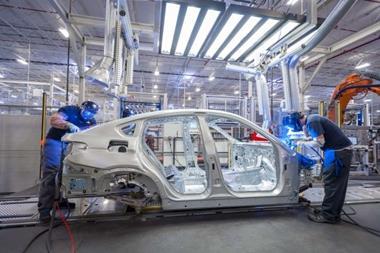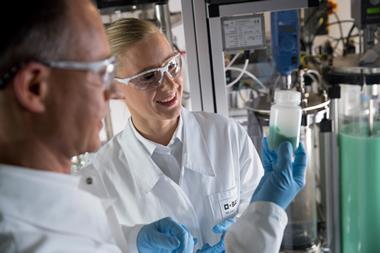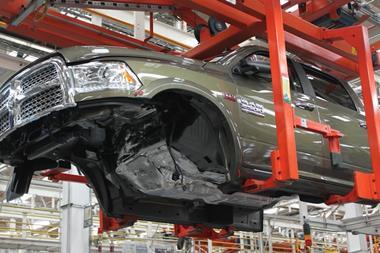Big vehicles, big profits
By Nick Gibbs2019-09-16T14:27:00
Pickup trucks and SUVs drive profits and investment in US automotive production as cars are cut from model line-ups. Nick Gibbs reports
For all the uncertainty globally, North America remains a profitable place for the big three US manufacturers. Earnings in the quarter to the end of June 2019 once again measured in the billions, with General Motors topping the list at $3 billion profits, before tax, earned in North America, followed by Ford at $1.7 billion and FCA at $1.4 billion. Throw the rest of the world in there and the fat profits slim down – losses for Ford elsewhere, for example, shaving its profits to $1.4 billion.
And what’s driving this profitability? Pickups and SUVs of course, which are thriving in the US as sales of regular cars continue to shrink. In the six months to the end of June, car sales fell to 2.5m, down from 2.8m the year before, while light trucks including pickups and SUVs rose to 5.9m. And of those, 4.6m were made in North America, according to data from Automotive News. Ford says sales of its F-150 pickup, the country’s best-seller, were the highest in the second quarter since 2004.
The Big Three are abandoning regular cars at a terrific rate…







































